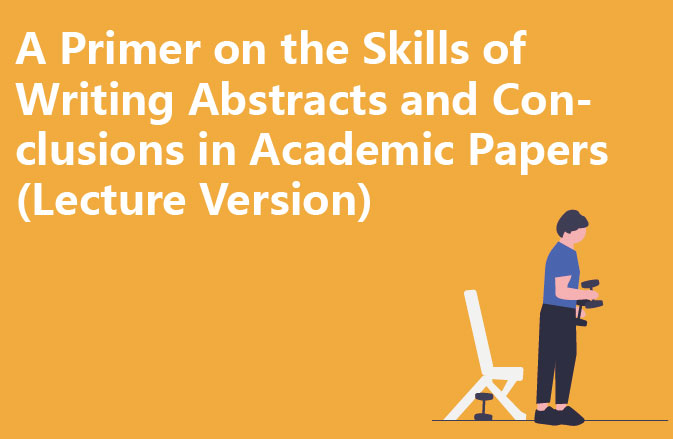I. Preface
In the vast ocean of knowledge, academic papers are like lighthouses guiding the way forward for countless researchers. As one of the important parts of the thesis, the abstract and conclusion are of great importance. They are not only a brief summary of the research process and results, but also the key to determining whether the paper will be read and included. Therefore, how to write a high-quality abstract and conclusion has become a challenge that every researcher must face. In this paper, we will discuss in detail how to write abstracts and conclusions for international students’ academic papers from the following aspects.
Abstract writing skills
1. Read the paper in depth
Before writing an abstract, we first need to have a comprehensive and in-depth understanding of the whole paper. This includes a clear understanding of the research topic, the experimental process and the results. Only in this way can we accurately state the core information of the study in the abstract, thus improving the overall quality of the paper.
2. Focus on the core information
In the abstract, we should purposefully highlight the core information of the study. To do so, we need to use precise, concise and condensed language to depict the purpose, methodology, results and conclusions of the study, and at the same time, we need to describe the innovations of the study in as much detail as possible in order to attract readers’ attention.
3. Adherence to academic standards
When writing an abstract, it is important to use standardised terminology and to avoid non-recognised symbols and terminology to ensure that the content is rigorous and objective. This is not only the basic norms of academia, but also respect and recognition of their own academic research.
4. Maintain organisation
Abstract writing needs to strictly follow the logical structure of academic papers and writing standards. We should follow the logical order of ‘Introduction – Methods – Results – Discussion – Conclusion’ to make the content of the abstract clear, so that readers can have a full view of the whole process of research.
5. Emphasise the value of the research
The conclusion is the last and the most important part of the whole paper. Here, we need to fully reflect the theoretical value of the research results, practical value and its scope of application, and make clear the problems revealed by the results of the research, as well as the principles and laws revealed, and the significance and role of these results in the practical application of the content.
6. Suggesting Improvement Suggestions
In the conclusion part, we can put forward some constructive suggestions or prospects based on the research results. At the same time, we can also point out the key problems to be further solved and the future research ideas, to provide a broader space for the development of academic research.
Third, the conclusion of the writing skills
1. In-depth study of the paper
Before writing the conclusion, we also need to have a comprehensive and in-depth understanding of the whole paper. This includes a clear understanding of the research topic, the experimental process and the results. Only then can we accurately state the core information of the study in the conclusion, thus improving the overall quality of the paper.
2. Focus on the core information
In the conclusion, we should purposefully highlight the core information of the study. To do so, we need to use precise, concise and condensed language to depict the purpose, methodology, results and conclusions of the study, and at the same time, we need to describe the innovations of the study in as much detail as possible in order to attract the reader’s attention.
3. Adherence to academic standards
When writing conclusions, it is important to use standardised terminology and to avoid the use of non-recognised symbols and terminology to ensure that the content is rigorous and objective. This is a basic norm in academia, as well as a sign of respect and recognition of one’s own academic research.
4. Maintain organisation
The conclusion should be written in strict accordance with the logical structure of academic papers and writing standards. We should follow the logical order of ‘Introduction – Methods – Results – Discussion – Conclusion’, so that the conclusion of the contents of a clear hierarchy, so that readers can have a full view of the whole process of research.
5. Emphasise the value of the research
The conclusion is the last and the most important part of the whole paper. Here, we need to fully reflect the theoretical value of the results of the research, practical value and its scope of application, and make clear the problems revealed by the results of the research, as well as the principles and laws revealed, as well as the significance and role of these results in the practical application of the content.
6. Suggesting Improvement Suggestions
In the conclusion part, we can put forward some constructive suggestions or prospects based on the research results. At the same time, we can also point out the key problems to be solved and the ideas for future research, so as to provide a broader development space for academic research.
Conclusion
In conclusion, the abstract and conclusion of international students’ academic papers are important parts of presenting research results. We need to deeply understand their characteristics, grasp each element, and pay attention to the standardisation of language expression and academicity. Only in this way can we improve the quality and readability of the paper and broaden our academic horizons!




